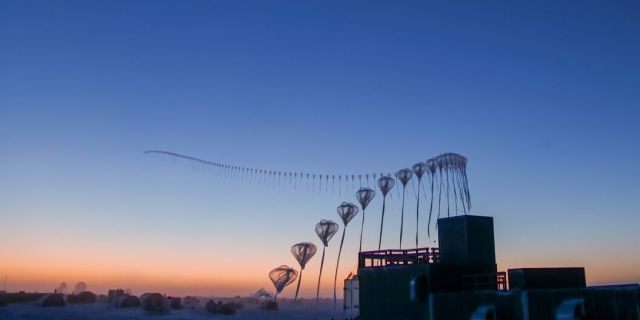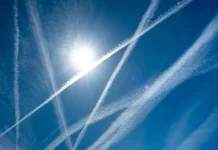Unusual weather patterns in the upper atmosphere over Antarctica have caused a drastic reduction in ozone depletion, leaving the ozone with the smallest hole seen since its discovery in 1982.
The NASA and the NOAA said that the hole had shrunk to 3.9 million square miles for the remainder of September and October. During normal weather conditions, the hole is usually around 8 million square miles during this time of year.

It’s great news for ozone in the Southern Hemisphere.
But it’s important to recognize that what we’re seeing this year is due to warmer stratospheric temperatures over Antarctica.
It’s not a sign that atmospheric ozone is suddenly on a fast track to recovery but rather linked to a rare weather phenomenon called Sudden Stratospheric Warming.
This Sudden Stratospheric Warming describes when the temperature between 10km (30,000ft) and 50km (150,000ft) in the Stratosphere undergoes rapid warming in the vicinity of at least 50ºC in the space of just a few days. The warming occurs so high up in the atmosphere that we are completely oblivious to it at the surface.
This video was posted to show the satellite data in further detail:
The ozone layer is approximately 7 to 25 miles above the Earth’s surface and acts as a “sunscreen” for the planet.
It keeps out harmful ultraviolet radiation from the Sun that has been linked to skin cancer, cataracts, immune system suppression and can also cause damage to plants.
The hole over the Antarctic forms during the Southern Hemisphere’s late winter as the Sun’s rays start to cause ozone-depleting reactions. This involves chlorine and bromine from man-made objects being released into the stratosphere which then destroys the molecules in the ozone.

Although measurements at the South Pole did not show any portions of the atmosphere where ozone was completely depleted, it’s not all good news.
This is just the third time in the past 40 years after September 1998 and 2002 where the ozone depletion has been limited by unusual weather systems, a phenomena researchers are still trying to figure out.
It’s a rare event that we’re still trying to understand. And If the warming hadn’t happened, we’d likely be looking at a much more typical ozone hole.
Experts believe the Antarctic ozone will recover back to levels seen in 1980 around 2070. [NASA, FoxNews, StrangeSounds]












